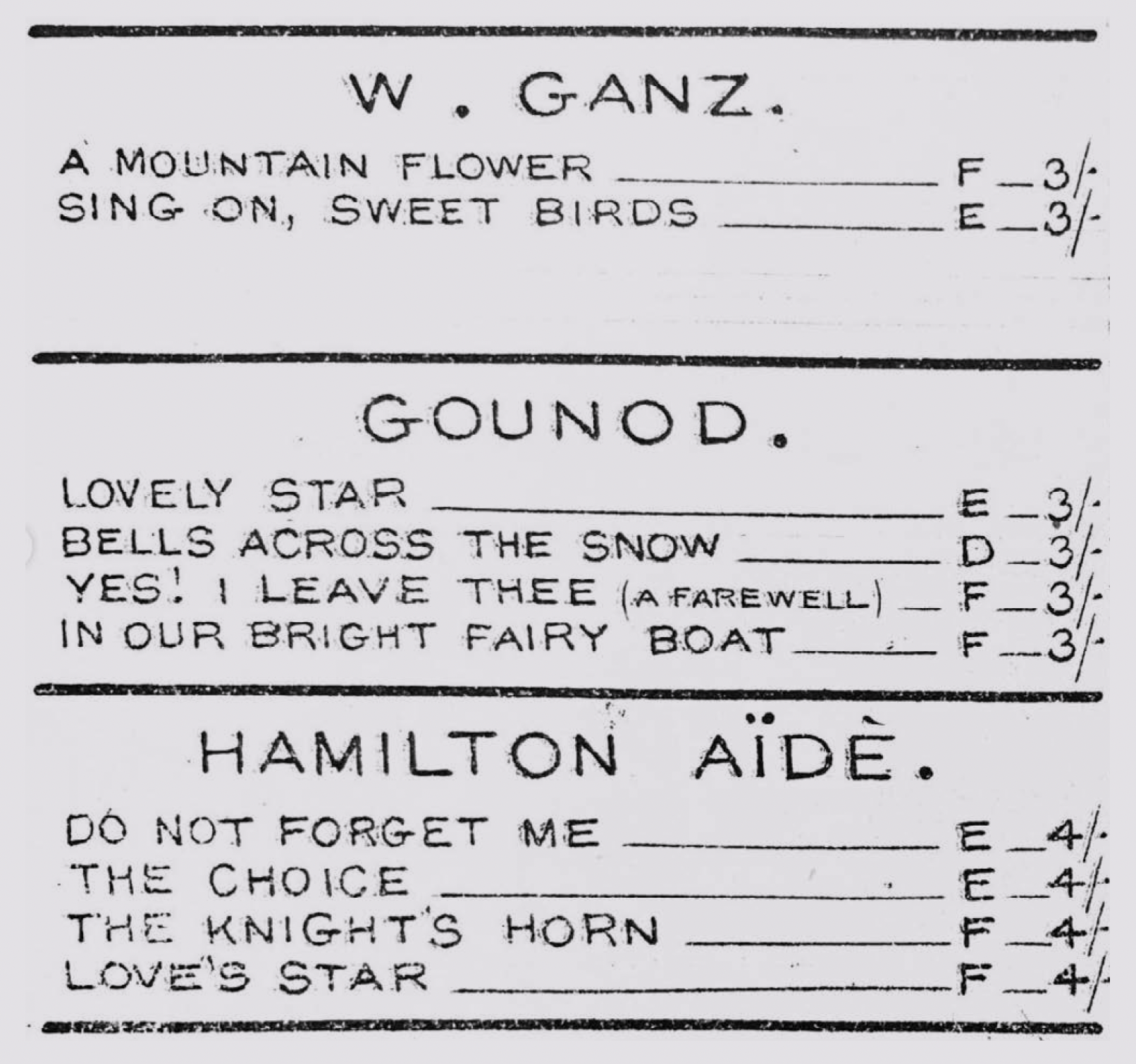In late 2018, burnt out from my design studio job, I went looking for a way to reconnect with my creativity. I’d long been drawn to the type design program at Old School New School—especially after seeing how it helped shape designers like Monique Aimee as both lettering artists and type designers.
I finally took the leap and enrolled. The course had been restructured into a two-week intensive: week one focused on ‘Old School’ lettering, while week two—taught by Dan Milne from Monash—was a deep dive into type design using Glyphs.
During that second week, I discovered a real fondness for the modular systems and microscopic shifts that make or break a typeface. I loved pushing an anchor point 1–2mm just to see what would happen.
After the course, I kept going. I worked independently on a few projects, then enrolled in Troy Leinster’s type design course through AGDA. It was a joy to spend every Saturday morning with other type nerds, learning how to use Robofont and building confidence designing more complex letterforms.
Miss Sutton
Miss Sutton is based on a piece of sheet music I found in a book collated by a music teacher of the same name. After analysing the structure of the type, I realised it hadn’t been printed with movable metal type—instead, the characters were hand-etched into metal and printed using intaglio techniques.
Its letterforms were so precise and consistent, I started calling it “superhuman handwriting.”
Designed in 2019 at Old School New School, under the guidance of Dan Milne from Monash University.
Bevel
Bevel was a self-initiated project that helped me understand how Glyphs handles counters and structure. It’s based on a set of handmade letters I created to explore classic bevelled forms—the kind you’ve probably seen a hundred times.
It may not be wildly original, but it taught me a lot about construction.
Designed in 2019, independently.
Exchange
Exchange is a long-term love project I’ll probably keep revisiting for years. It’s based on the beautiful lettering on the old Fruit & Produce Exchange building on East Terrace, Adelaide.
I should acknowledge that this idea has been explored before by one of my favourite South Australian studios, Voice. My early versions were near replicas of the original, but over time, I’ve shifted the focus—moving away from historic preservation toward creating a consistent, functional typeface that stands on its own.
Currently in its third iteration.
Designed in 2020, independently, with feedback from an online ‘Typathon’ forum of other graduates from Old School New School.
Agnes
Agnes is named after Agnes von Kurowsky, the great unrequited love of Ernest Hemingway. It’s a semi-bold display typeface with stencil features, designed in the “translation” style—a method that mimics broad-nib pen lettering, where the pen is held at a fixed angle.
This was my first full character set, including punctuation. My aim was to focus on traditional structure, train my eye for detail, and lay the groundwork for eventually designing a reading typeface.
Designed in 2021 under the guidance of Troy Leinster.
Current Project
This year, I wanted to make more type. So I bought a daily dotted grid diary from Milligram. Each day, I do a Typecooker¹ exercise based on a word that reflects the day. If something clicks, I take it into Glyphs² and keep developing.
1 Typecooker is an online tool created by Erik van Blokland (Type Media, The Hague). It generates random “recipes” for drawing type.
2 Glyphs is a type design app. It gives more control over individual letters than Illustrator and makes it easier to export working fonts.











